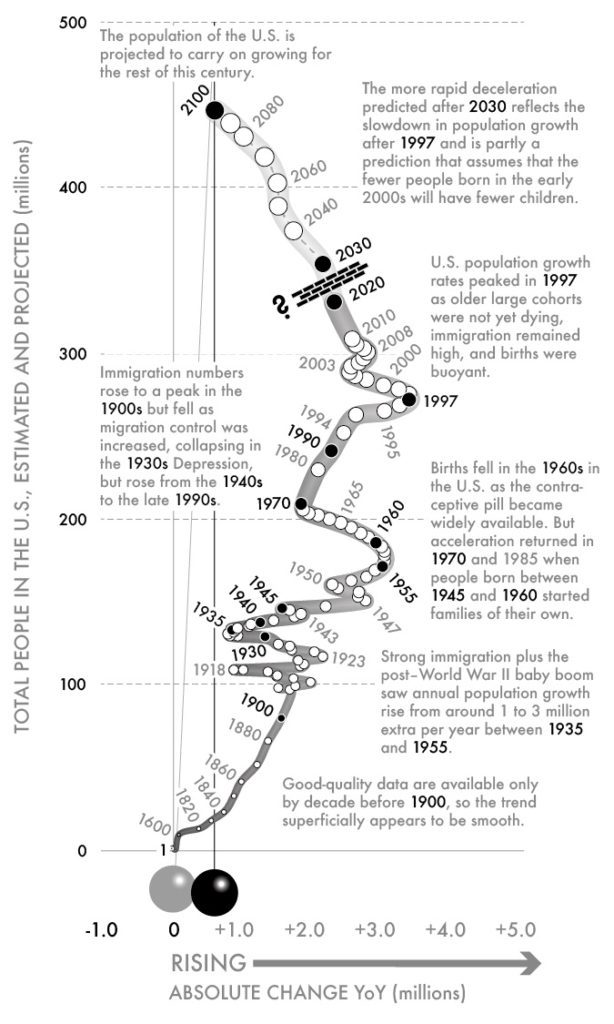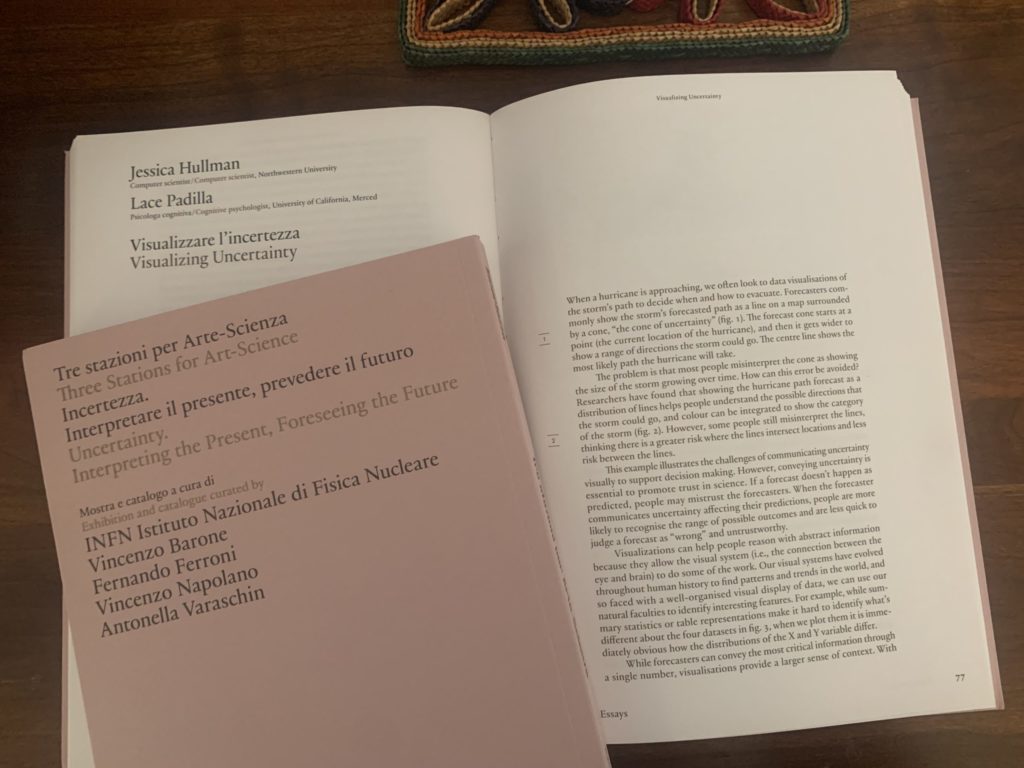I just read “Elevator Music: A Surreal History of Musak, Easy-Listening, and Other Moodsong,” written by Joseph Lanza and published in 1994, around the same time as V. Vale’s and Andrea Juno’s cult classic book, “Incredibly Strange Music.”
Lanza’s book was witty, thought-provoking, and informative, and I liked it a lot. It reminds of the work of James Twitchell.
There was just one thing that bothered me about the Elevator Music book . . . I’ll get to that at the end of this post. But first I want to share some quotes, as when I was reading the book I kept marking passages:
During the 1920s both President Hoover and the five chief executives of the largest and most growth-oriented corporations at the time, General Motors, Singer Sewing Machine Company, Dupont, General Electric and Goodyear, were all past classmates at M.I.T.
Interesting. I had no idea. [Apparently I had no idea because it’s not true! See comments below. — AG]
One-third of America’s 1924 furniture budget was spent on radio receivers.
Wow! Think of all the couches never reupholstered.
By trial and error, radio musicians and engineers determined that the sound of overlapping strings, preferably played at high pitch, counteracted much of the static and buzzing that marred the early broadcasts.
I love these unexpected connections between artistic choices and technology.
There has been considerable celebration of radio’s ability to unite people from great distances, but what about the equally significant time-space transformation involving the radio, the listener, and the household chores (not to mention mood music’s longtime companion, the icebox)?
Good point.
[In the 1940s], the Frankford Arsenal in Philadelphia released a study linking background music to a reduction in on-the-job accidents.
Hey—my dad worked at the Frankford Arsenal in the 1940s!
This information was augmented by even more tantalizing news that farmers in McKeesport had reported that their cows gave more milk to the “Blue Danube Waltz.”
Someone get PNAS on the line!
The precipitating event [of some controversy] was Muzak’s effort to transmit a program called “Transit Radio,” consisting of local radio programs and announcements (including commercials) from a Washington, D.C., radio station (WWDC-FM), into the District’s public buses and trains.
“This is Robin Quivers with street talk on DC-101.”
Lyndon Baines Johnson owned Muzak franchises in Austin during his early senatorial days.
Bernard Shaw would’ve absolutely hated this.
To this day, people who recoil at background music in a restaurant or office are more tolerant when similar sounding melodies show up in the movies or on TV.
I’ll get back to that point.
While volunteering to conduct serviceman ensembles in war theaters from Germany to Burma, [musical arranger Andre Kostelanetz] had introduced a mechanical gadget that let musicians know themselves. The Massachusetts Institute of Technology adapted his machine to their sonar system for locating submarines.
Shades of Hedy Lamarr!
The more Muzak distanced itself from “art,” the closer it came to being a distinct art form.
This is the familiar alliance of the highbrow and lowbrow against the middlebrow, which we can always flip around by labeling both high and low brows as being motivated by status anxiety.
Besides paying attention to tempo and volume, 3M’s system takes into account such problems as how well the sound bounces off tables. One 3M Sound Products dealer remembers an embarrassing incident at a restaurant chain outlet in which the company installed speakers designed for a particular floor plan. When the restaurant subsequently moved its counter, one of the speakers ended up transmitting music directly over the cash registers so that the microphone for announcing orders picked up nothing but music, and the business transactions were chaotic.
Great story!
The advent of FM mood-waves is due largely to the efforts of Jim Schulke, the “Godfather of ‘Beautiful Music’ Radio.” Schulke, a lean and somewhat reclusive man, was the kind of analytical genius who could dissect a ratings book as if it were a lab animal.
The “lean and somewhat reclusive” bit is important, because otherwise I’d have an image in my mind of a big guy, someone who looks like like Bill James. I don’t know why, but that’s what popped up at first.
Schulke remembers how good he became at ad-libbing a pitch for promotional clients: “I would experiment by switching on a Xerox machine during business consultations. After surreptitiously turning it off, I noticed that the voice levels dropped and everyone seemed so much more relaxed. I’d then tell them that this is exactly what my music does. Turning on my stations was like turning off the machines.
That’s a great classroom-style demonstration, but . . . it’s not ad-libbing. It’s the opposite!
[Quoting an old-time music producer:] “While supervising the 1973 London sessions with Leroy, I heard some fantastic instrumental string music on the BBC. So I called them and discovered they had a number of string orchestras on staff. They used material on the air twice and then erased it so they could continue to give work to these musicians.”
Interesting.
The advent of Beautiful Music [around 1970] coincided with a historically sensitive period in America’s demographics: a time when the generation gap was much more apparent than it is today.
“Today” was 1994. Since then, the generation gap has returned. Interesting to think there was a time it had mostly gone away.
From its beginnings, new-age music was doomed to controversy and censure from a musical establishment still wedged into nineteenth-century prejudices that equated good music with direct listening.
Well put. I’m not a fan of new-age music, but I do mostly listen to music as background, when I’m in the kitchen or riding my bike or whatever, and it’s indeed much different—not necessarily worse!—than direct listening.
Space music can then be best regarded as an outgrowth of easy-listening that is even further removed from the musical foreground. Beautiful Music supplies ghost tunes of originals, whereas space music distills the ghost tune’s mood, its sound, and a smidgen of its style and reprocesses it into an “original” composition once again, this time unanchored to any distinct emotional historical context. It avoids nostalgia mainly because its uncertainties force us to look back and ahead simultaneously.
When it’s music I like, I like to hear the originals or creative cover versions. But if it’s not gonna sound special, I might prefer a version that avoids familiar melodies. I’m not a big jazz listener, but I’dd rather hear soft jazz in the background than soft jazzy arrangements of Christmas carols or Beatles songs. The sound is the same but I’m not annoyed and distracted by the overly familiar tunes.
Todd Rutt, an “underground” filmmaker, claims to have had a revelatory moment while hearing a background music version of Iron Butterfly’s “In A Gadda Da Vida” at a Mr. Steak restaurant in Colorado.
What can I say? That’s just a great sentence. I’d like to write a few thousand sentences of this quality during my career.
In recent years, the term “background music” has begun to come across as either a misnomer or a redundancy, since all music is taking a background role.
Yup.
Given its universal disrepute and the fact that most musicians (who cannot agree on much) at least seem to concur in opposing it, elevator music is probably the only category that grows stronger as its definition gets more nebulous. It is a melodic tar baby that embraces many a contemptuous cuff from reluctant recording artists.
“Melodic tar baby” . . . that’s good!
Demographics in the future will be defined less and less by sex, age, politics, or even income, and more and more by one’s taste for exotic locales or nostalgic situations absorbed from childhood television exposure.
I don’t think so. I think that more true of the baby boom and X generations, not so much for later cohorts shaped by the VCR and then the internet. “Childhood television exposure” is a murkier thing now than it was in the days of Deputy Dawg and Gilligan’s Island reruns.
Silence is just a euphemism for all the clatter that dominates our hearing when the background music is turned off. We only really experience silence when listening over modern fiber-optic phone lines that are so dead-quiet that we should welcome Muzak—if just as a reminder that we haven’t been disconnected.
Lanza should really cite John Cage here.
What bothered me
So, yeah, I enjoyed this book, or else I wouldn’t have spent a few hours reading it and another couple of hours preparing this post. I heartily recommend the book. I learned a lot. You might learn a lot from this book and enjoy it too!
But there’s one thing that bothered me, something missing from Lanza’s book, and that is that lots of people find Muzak really annoying. Indeed, the annoyingness of elevator music is something of a cultural consensus. Lanza points to various studies finding that people actually liked Muzak or preferred it to the alternative (rock, classical, jazz, country music, whatever), and I don’t know what to think about that evidence, but dislike of Muzak is a real thing. I actually happened to be waiting in the dentist’s office when finishing the Elevator Music book, and they were playing Muzak or some similar thing. That day we were getting trilling versions of hackneyed Christmas songs, and I found it annoying and distracting. As I wrote above, I’d much prefer some jazz or old movie theme music, and I don’t even like jazz! I’d rather innocuous background music than intrusive background music, and I found that Muzak intrusive.
And it’s just me. Lots of people dislike Muzak. As the saying goes, it’s a cliche because it’s true. And I would not buy the claim that everyone actually secretly likes it but just refuses to admit it. People are fine admitting their guilty pleasures—bacon, anyone??—and I’m sure that Muzak is somebody’s guilty pleasure, but I think lots and lots of people actively dislike it, for reals.
I’m not saying that Lanza has to dislike elevator music—he wrote a whole book about it, of course he’s a fan, and that’s cool. I’m not too proud to enjoy some light music too. I just think that if he’s gonna write this book about Muzak and related arrangements, he should more directly come to terms with the fact that so many people can’t stand the stuff. Really wrestle with the unpopularity of Muzak and not just glibly dismiss it.







